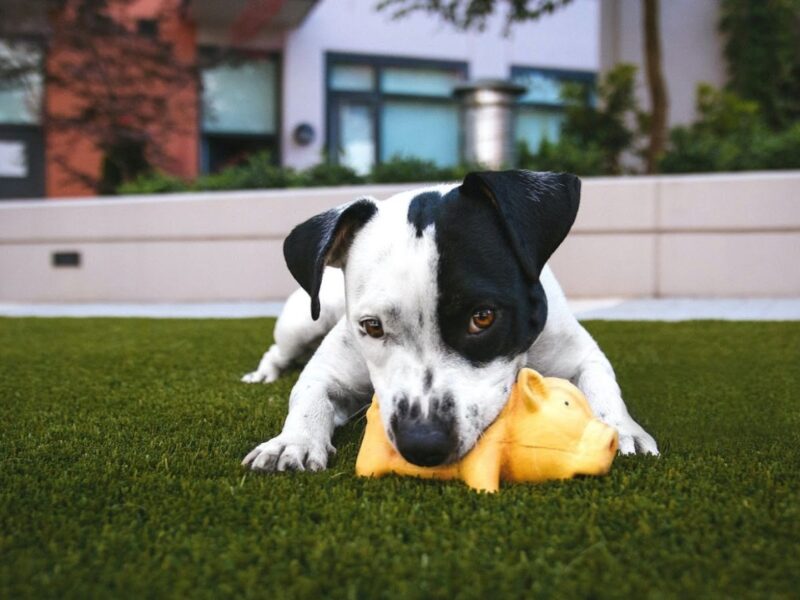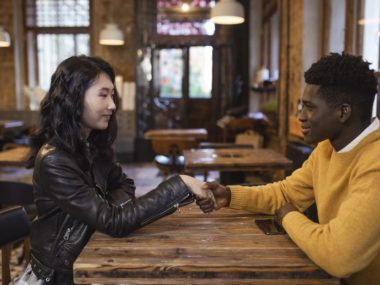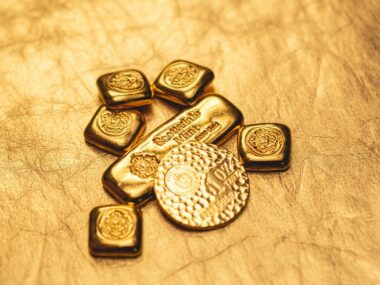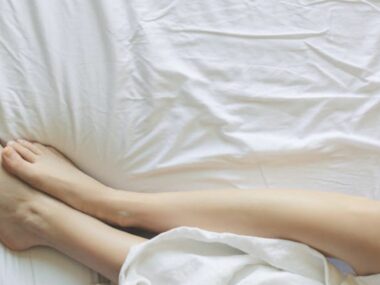Artificial grass is becoming an increasingly popular alternative to traditional turf in the backyards of homes across the country. If you are considering using synthetic grass for your garden, it’s important to consider a few factors before you commit to buying.
Infill
Infill is one of the most important elements of artificial grass. The infill helps to protect the grass blades and roots from UV rays, water, and wear. It also adds ballast and dimensional stability to the turf.
There are several different types of infill that are used. Some are considered safer than others.
Sand is considered to be one of the most effective types of infill. If you choose to use sand, you should brush it into the grass with a stiff, bristled broom. This helps to spread the infill evenly.
Another popular type of infill is crumb rubber infill. This infill is made from recycled tires and has good shock absorption qualities. However, it can trap heat and odors, so it is not ideal for high-traffic areas.
When choosing an infill, consider the weather conditions in your area. Artificial grass can expand and contract with the temperature.
Synthetic grass yarns
Synthetic grass yarns can be used in many applications. These include tufting pattern designs and various color textures. They can also be formed with other performance features, such as infill material or other particulate matter.
Typically, yarns for artificial turf are designed to resemble natural turf. However, they can be manufactured in other colors and textures. This can help reduce the amount of infill required.

A tufting machine is a device that passes an artificial turf yarn through a mesh. Once the yarn is tufted with infill material, the tufting machine passes the machine through a marriage roller to ensure that the glue spreads evenly. The tufting machine is designed to be able to handle hundreds of needles.
When the tufting machine is in use, the needles are configured to form tufts of synthetic turf yarns. You can click here for more information about this device. The tufting process is controlled by a backing feed control system.
Backing feed control systems allow for more precise distribution of tufts and less chance of flattening. This can also help to prevent rowing effects in the finished artificial/synthetic turf.
In addition, a positive stitch-placement operation is disclosed.
In this operation, the tufting machine’s computer 14 is programmed with a first stitch length. It is then commanded to move the tufting machine forward through a series of needles to form a
new row of tufts.
The system of the present invention also includes a gauging element assembly mounted below the tufting zone. Gauging elements are generally comprised of a series of cut pile hooks.
Backings
Backings for artificial grass are a vital part of your turf system. They hold your artificial grass Moreno Valley, CA, in place, prevent them from pulling out of the backing, and give you a playing surface that stays stable and is durable.
The backing of your artificial lawn can affect its quality, performance, and cost. It is important to choose a high-quality product. A poor quality backing can cause many issues, such as a thin artificial lawn, excessive loss of yarn, and a patchy appearance.
Most manufacturers use urethane to make backings for their synthetic grass. This material is light and has good bonding properties. However, urethane is a lot more expensive than latex.

Some manufacturers also use latex to make backings for man-made turf. Latex is cheaper but degrades faster when there is moisture present.
Polyurethane is a better choice. While polyurethane is heavier and more expensive, it gives artificial turf extra durability.
Another type of backing is non-perforated geotextile backing. These backings are designed to help eliminate existing weeds. Essentially, they are woven layers that are melted onto the primary backing.
You also need to consider the composition of your man-made turf. Higher-quality man-made turf has a strong, UV-resistant primary layer made from polypropylene. In addition, secondary backings are often made from latex and polyurethane.
Lifespan
When it comes to man-made turf, the lifespan of a product is dependent on several factors. This includes the quality of the product, the traffic area, and the maintenance.
Keeping an artificial lawn clean can go a long way in prolonging its life. In fact, it can help prevent some of the more common problems associated with the product. You can click the link: https://www.wikihow.com/Clean-Artificial-Grass for cleaning tips.
For example, you should not place hot grills on the lawn. The same rule applies to pets. Cleaning can also help minimize stains.
The average lifespan of a synthetic grass product is about 15 years. However, it is possible to get a higher-quality product that could last for up to twenty years.





